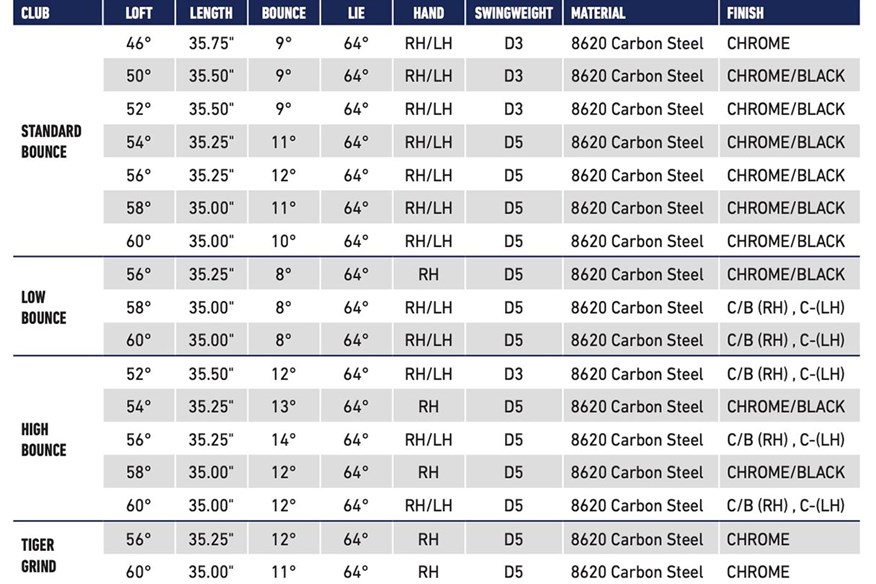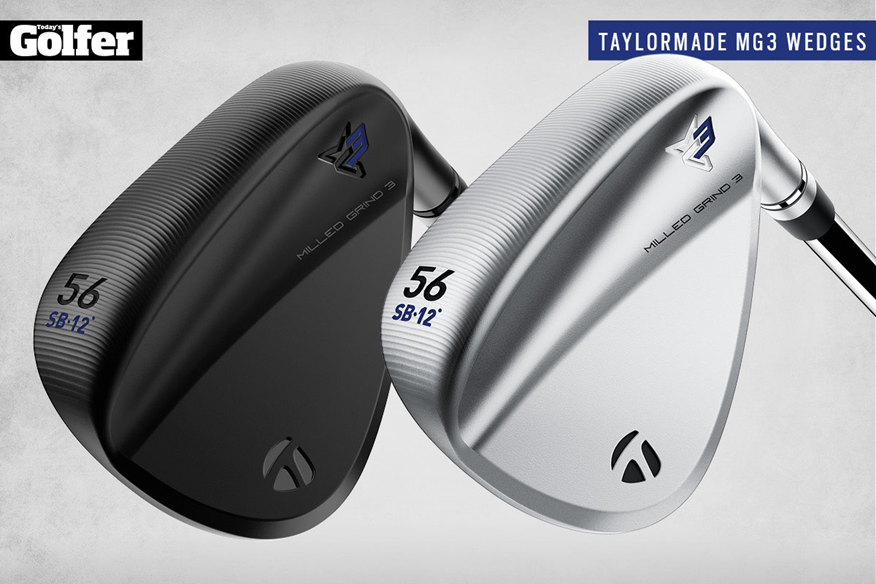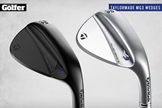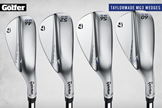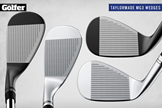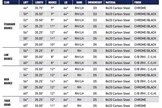New TaylorMade MG3 Milled Grind wedges push boundaries of spin and versatility
Last updated:
New TaylorMade Milled Grind MG3 wedges look to improve on a winning formula with clever design tweaks that promise significant performance gains.
TaylorMade’s focus on wedges has won them many fans in recent years, from tour pros to amateur golfers.
When adidas owned TaylorMade, wedges were never a pillar of the company, and the category didn’t get the love (or investment) it deserved. But since the adidas sell-off in 2017, wedges, balls and putters have become just as important to the brand as drivers and irons. And that renewed product focus is paying dividends.
RELATED: Best Wedges
TaylorMade wedges are currently riding a significant wave of success. The tour player developed Hi-Toe has really taken off and they’re just as popular now in non-contract bags as they are in the hands of TaylorMade’s own tour staff. And thanks to developing a process which allows wedge faces to rust, the company have also commercialized rusty wedges, a previously untapped market, and an idea that’s great at preserving spin in wet conditions.
With the Milled Grind 2 wedges fast approaching their 2nd birthday, TaylorMade’s designers have brought together everything they’ve learned about wedges over the last few years in a brand new MG3 model.
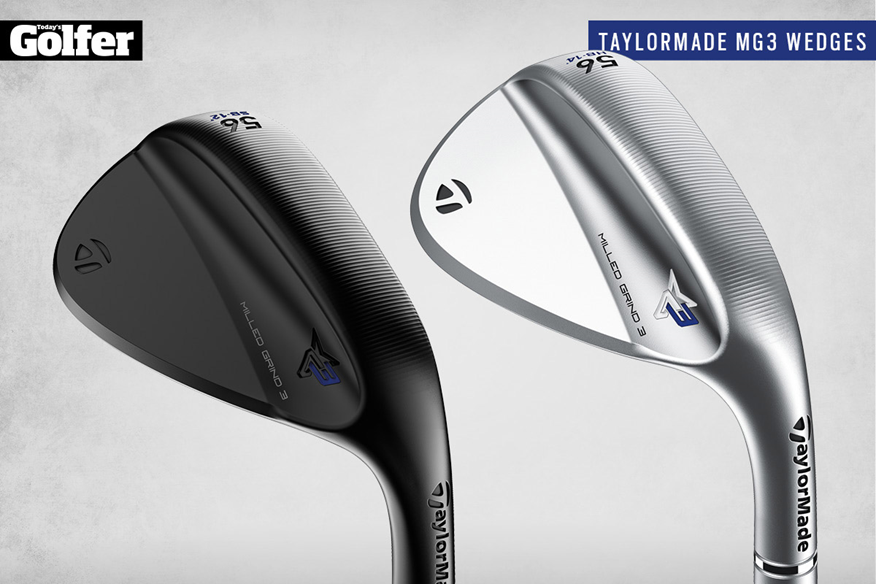
Where Hi-Toe pushes what’s acceptable in terms of wedge shape and full face grooves, the Milled Grind wedge family has always been about classic and traditional wedge shapes, and this version – thanks to raised micro ribs on the face and an optimised thick-thin design – pushes backspin and the accuracy of centre of gravity placement for each individual loft to the absolute limit.
Here’s everything you need to know about the TaylorMade MG3 wedges…
What you need to know about TaylorMade Milled Grind MG3 wedges
New Raised Micro-Ribs
Maximising spin when you’re not taking a full swing is a very serious business when it comes to developing new wedges. The MG3’s have tiny raised Micro-Ribs (they’re just 0.02mm tall and 0.25mm wide) which sit in between each groove and protrude from the face.
The raised-ribs create a more textured abrasive surface which improves interaction between the clubface and ball, and they’re especially useful when you’re swinging at less than full tilt.
RELATED: Which Lamkin grip suits you?
Thick-Thin head design
When it comes to the short game, golfers want very different results from their lower- and higher-lofted wedges. Where a 52° wedge might be expected to flight shots lower and check the ball up after one hop, the demands on a 60° are often very different. With shots needing to be flopped over a bunker, the higher trajectory is often used in conjunction with a steeper landing angle to bring shots to a halt.
With this in mind, TaylorMade have taken a very progressive approach to the new MG3 wedges. A variable Thick-Thin head design optimizes the CG location and ball flight characteristics of each individual loft.
It means the higher lofts have longer hosels (there’s 10mm difference) and a thicker topline, plus there’s progressive toe heights, hosel offset and blade length, all to better enable you to hit the correct shot you’re after more often.
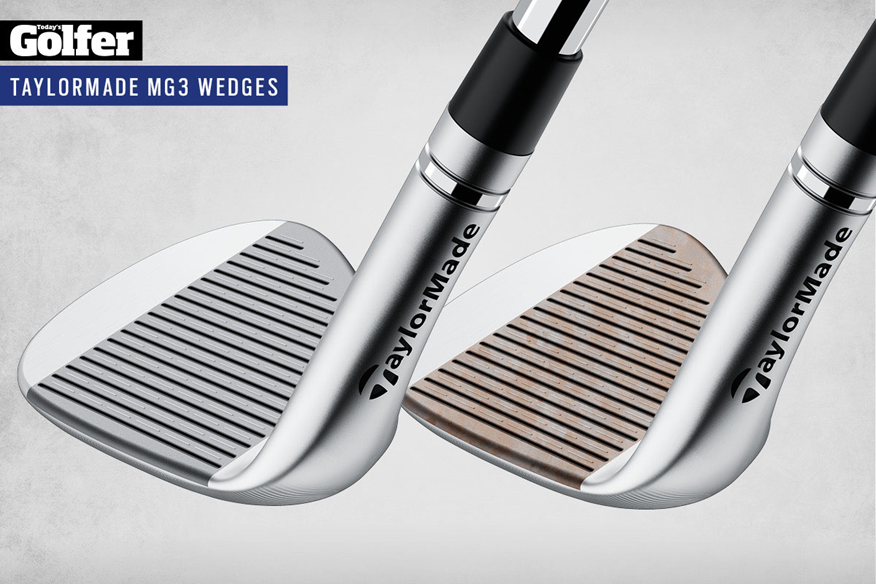
Rusty Raw Face
Rusty un-plated wedges are nothing new in golf, in fact tons of tour pro’s have sworn by them for years. But asking golfers to stump up hard earned cash to buy a rusty wedge that looks like it’s years old has always been a massive challenge. But, by developing a process which allows just the face to rust (while the rest of the head looks new) TaylorMade have brought raw rusty wedges right to the centre stage.
TaylorMade say the MD3’s Raw Face (which allows the face to rust over time) is particularly good in the wet, and when you understand that damp conditions can cause wedge spin to drop by half (from 10,000 RPM to 5,000 RPM in our tests) you soon realise any help is a very worthwhile investment.
By having no plating over the face, no groove edges are rounded over, so golfers benefit from extra geometry consistency and some say better feel, too. TaylorMade also reckon the MG3 have sharper, deeper and narrower grooves to further enhance greenside spin and wet weather performance.
RELATED: Which TaylorMade iron is best for me?
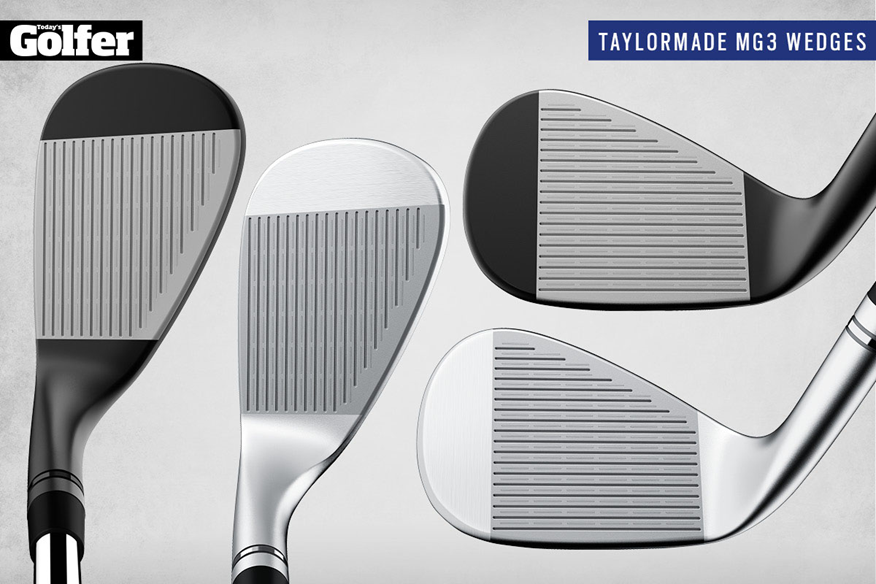
Milled sole geometry
To have someone standing in a factory grinding wedge soles all day long and get every single one exactly the same is a really big ask. Inevitably there’s always going to be some ‘hand-finished’ inconsistencies. TaylorMade’s answer is to CNC Mill every MG3 sole to ensure each one has the right sole grind shape and perfect levels of bounce.
Now into their 3rd generation, the Milled Grind idea has obviously hit the spot with consumers and tour players alike.
New loft
On tour it’s very common for players to use a pitching wedge that matches their iron set, not their wedges. But when you stop and think about it, pitching wedges need to be really versatile, and used from all sorts of situations, so why not have them matched to your wedges instead?
As a result, TaylorMade are introducing a brand new 46° loft in the MG3. We reckon it makes a brilliant pitching wedge replacement.
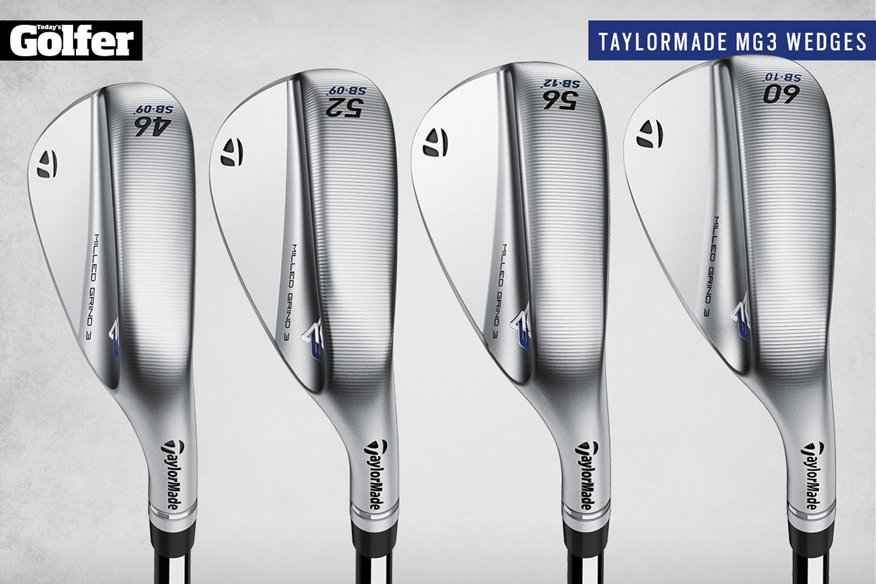
RELATED: TaylorMade P790 (2021) irons review with launch monitor data
Bill Price, Product Creation, Putter and Wedge at TaylorMade on the MG3 Milled Grind wedges
“Wedges have to be versatile and exacting, whether it’s a full swing from 100 yards, a touchy 15-yard pitch that needs to stop quickly, or any distance in between.”
“With Milled Grind 3, we’ve designed a wedge that’s capable of delivering optimal spin on every shot from every distance.”
TaylorMade MG3 Milled Grind wedge specs:
